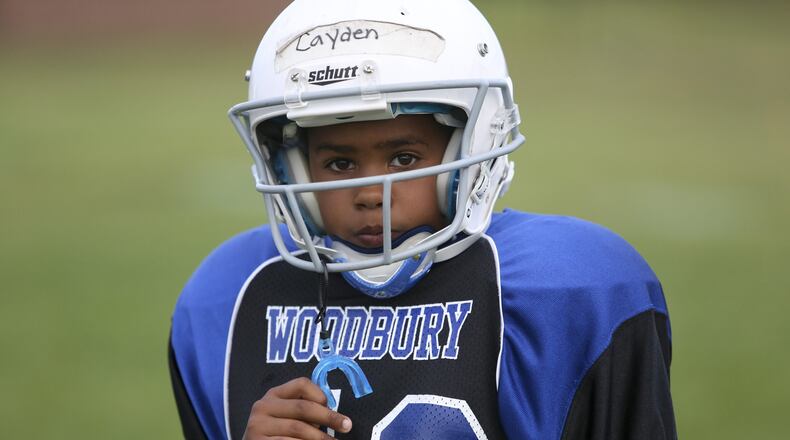Football is religion in the South.
I tried playing youth football, but was so good at typing my agent advised I not jeopardize an uncertain financial future with unlikely gridiron glory.
In high school, football players were treated like rock stars even though our team was so bad it was invited to play five homecoming games in one month.
In Valdosta I lived so close to the high school and college stadium I could hear the crowd and the announcers. The stadium was always packed with people having a good time and, according to a recent study , people getting brain damage from something other than the cheap booze they sneaked past security.
The study by researchers at Boston University School of Medicine concluded 99 percent of professional players suffer from a form of brain damage known as chronic traumatic encephalopathy , a degenerative disease of the brain found in people with a history of repetitive brain trauma.
Common symptoms of CTE include memory loss, confusion, impaired judgment, impulse control problems, aggression, depression and eventually progressive dementia.
It's not just pros that face risk. The study said 21 percent of high school players and 90 percent of college players tested suffer from CTE.
It doesn't take a non-concussed noggin to figure out why so many football players suffer from this hidden injury. They are constantly slamming into each other and the ground. Players are bigger and faster than ever, but the human brain remains tenuous tissue.
Now, the physician credited with discovering CTE in football players says any parent who lets their child play football could be arrested for child abuse.
"Someday there will be a district attorney who will prosecute for child abuse [on the football field], and it will succeed," said Dr. Bennet Omalu in Sports Illustrated.
There's no way to protect yourself between the lines, Omalu says.
“If you play football, and if your child plays football, there is a 100 percent risk exposure. There is nothing like making football safer. That’s a misnomer,” he said.
I'm not a doctor, but he's wrong. There are ways to make something "safer" even if it can't be made entirely safe.
With football, you could change some of the rules to make it something no one would pay to watch.
- Youth leagues could forgo tackle football.
- Teen and adult leagues could outlaw the most punishing types of tackling.
- Football could eliminate kickoffs, where players run the full length of the field at full speed just to smash into someone running full speed in the opposite direction.
Those ideas won't make football more exciting, but they would make it safer.
It would also make it less profitable.
The National Football League, the richest sports organization in the U.S., rakes in about $14 billion a year in revenue .
The "non-profit" NCAA, which regulates college sports, pulls down only $1 billion per year but doesn't have to pay the players absorbing the abuse.
At the University of Georgia in 2016, football revenue outpaced expenses $87 million to $39 million . Profit from football subsidizes almost every other sports program.
Can education exist without athletics? Should a sport be abandoned, or fundamentally changed, because it's dangerous?
Until football is less popular than doing what's right, I think we know the answer.
About the Author
Keep Reading
The Latest
Featured


